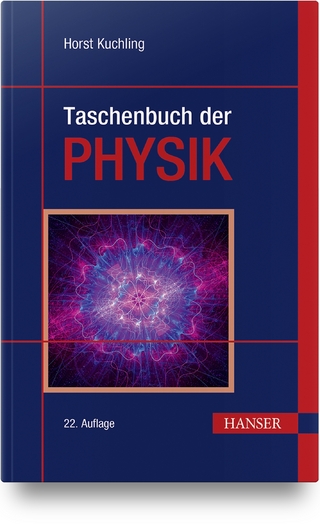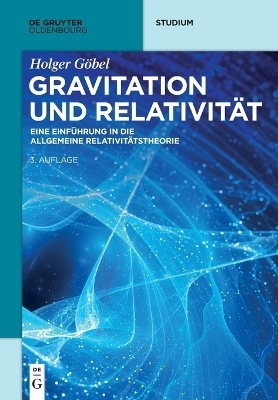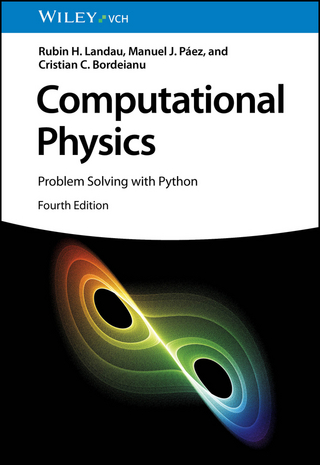Thyristor Physics
Springer-Verlag New York Inc.
978-0-387-90173-2 (ISBN)
Lese- und Medienproben
- Titel ist leider vergriffen;
keine Neuauflage - Artikel merken
The sub- sequent chapters are devoted to the study of the static and dynamic properties of the SCR, the RCT, the GTO, and the triac; they in- clude discussions of forward voltage drops, maximum voltage- blocking capabilities, turn-on and turn-off transients, current and voltage rise rates, and desirable and undesirable triggering effects.
1 Device basics.- 1.1 Introduction.- 1.2 SCR current-voltage characteristics.- 1.3 Basic SCR construction features.- 1.4 Gate triggering.- 1.5 Holding current.- 1.6 Triggering a shorted emitter SCR.- 2 Current Gain.- 2.1 Variation of current gain with current.- 2.2 Current gain measurement.- 3 Thyristor Maximum Voltage Blocking Capability.- 3.1 Introduction.- 3.2 Maximum forward-blocking capability VBO.- 3.3 Maximum reverse-blocking capability.- 3.4 The punch-through condition.- 3.5 Temperature dependence.- 3.6 Surface breakdown.- 3.7 Reverse-conducting thyristor.- 4 Some High-Injection-Level Effects.- 4.1 Introduction.- 4.2 Ambipolar mobility and diffusivity.- 4.3 Mobility and diffusivity versus current density.- 4.4 Lifetime at high injection levels.- 4.5 High-low junctions at high current densities.- 4.6 Current gain fall-off.- 5 The Gate-Triggered SCR Turn-On Transient.- 5.1 Introduction.- 5.2 Charge-control model of a bipolar transistor.- 5.3 Charge-control model of a p-n-p-n structure.- 5.4 Delay time.- 5.5 Rise time with a resistive load.- 5.6 Rise time with inductive load.- 5.7 Propagation of the on state.- 6 The Nongated, Undesirable Thyristor Triggering.- 6.1 Introduction.- 6.2 Thermal turn on.- 6.3 Light triggering.- 6.4 Voltage triggering.- 7 Thyristor Voltage Drop in the On State.- 7.1 Introduction.- 7.2 Herlet's closed-form p-i-n diode analysis.- 7.3 Kokosa's numerical analysis.- 7.4 Numerical analysis of Cornu and Lietz.- 7.5 Otsuka's forward-drop analysis.- 8 SCR Turn-off Transient.- 8.1 Introduction.- 8.2 Storage time ts1.- 8.3 Fall time tf1.- 8.4 Storage time ts2.- 8.5 Fall time tf2.- 8.6 Effect of the gate current.- 8.7 Simplified approaches.- 8.8 Experimental data.- 9 Gate Turn-off Thyristor (GTO).- 9.1 Introduction.- 9.2 Plasma-pinching mechanism.- 9.3 Turn-off velocity.- 9.4 Pinching (focusing) time and turn-off gain.- 9.5 Maximum anode and gate currents.- 9.6 Plasma-pinching in the ungated n base.- 9.7 Theoretical model compared with experiment.- 10 Thyristor di/dt and Current Pulse Capability.- 10.1 Introduction.- 10.2 Test circuit for gate-triggered di/dt.- 10.3 Initial turn-on region.- 10.4 di/dt capability of the gated and nongated turn on.- 10.5 Localized temperature rise for a short single pulse.- 10.5 Temperature rise for long or recurrent pulses.- 10.7 Temperature rise and transient thermal impedance during turn-on spreading.- 10.8 Methods of increasing the initial turn-on area.- 10.9 Emitter gate.- 10.10 Emitter shorts versus the turn-on time.- 10.11 Beam-fired thyristor.- 10.12 Field-controlled thyristor.- 11 Bidirectional p-n-p-n Switches.- 11.1 Introduction.- 11.2 Bidirectional p-n-p-n diode switch.- 11.3 Current distribution across a forward-biased junction bounded by resistive layers (current-crowding effect).- 11.4 Junction gate.- 11.5 Remote gate.- 11.6 Triac.- 12 Commutation of Triacs.- 12.1 Introduction.- 12.2 Current and voltage waveforms during commutation.- 12.3 Role of stored charges in triac commutation.- 12 A Recovery of a p+ -n abrupt-junction diode.- 12.5 Snubber networks for dv/dt suppression.- 13 Silicon Surface.- 13.1 Introduction.- 13.2 Ideal MOS diode.- 13.3 Silicon surf ace states and charges.- 14 Avalanche Breakdown Enhancement by Mesa Contouring.- 14.1 Introduction.- 14.2 Positive and negative bevel angles.- 14.3 Theoretical approach to the field computation in the depletion region.- 14.4 Negative bevel angle.- 14.5 Positively beveled junctions.- 14.6 Novel approaches to beveling.- 15 Planar-Junction Avalanche Breakdown Improvement.- 15.1 Introduction.- 15.2 Diffused guard ring.- 15.3 Junction field plate, annular ring, and channel stopper.- 15.4 Resistive field plate.- 15.5 p-n junction with field limiting rings.- 15.6 Etch-contoured planar junctions.- 16 Thyristor Thermal Response.- 16.1 Introduction.- 16.2 Heat generation and absorption in the forward-biased thyristor.- 16.3 Determination of junction temperature.- 16.4 Generalized concept of thermal impedance.- 16.5 Device temperature response to an arbitrary power waveshape.- 16.6 Thyristor thermal impedance measurement.- 16.7 Computer-aided thermal analysis.- 17 Thyristor Circuits Basics.- 17.1 Introduction.- 17.2 SCR and triac control and triggering methods.- 17.3 Thyristor triggering devices.- 17.4 Commutation.- 17.5 Effect of an impedance between the gate and cathode of a thyristor.- 17.6 Thyristor protection circuits.- 17.7 Some thyristor applications.
| Erscheint lt. Verlag | 29.10.1976 |
|---|---|
| Reihe/Serie | Applied Physics and Engineering ; 12 |
| Zusatzinfo | biography |
| Verlagsort | New York, NY |
| Sprache | englisch |
| Gewicht | 715 g |
| Themenwelt | Naturwissenschaften ► Physik / Astronomie |
| Technik ► Elektrotechnik / Energietechnik | |
| ISBN-10 | 0-387-90173-6 / 0387901736 |
| ISBN-13 | 978-0-387-90173-2 / 9780387901732 |
| Zustand | Neuware |
| Haben Sie eine Frage zum Produkt? |
aus dem Bereich



